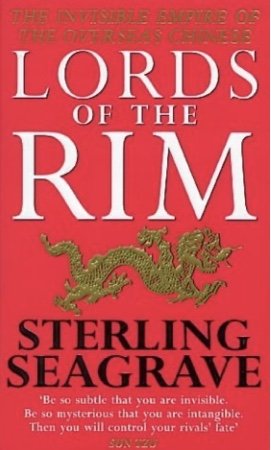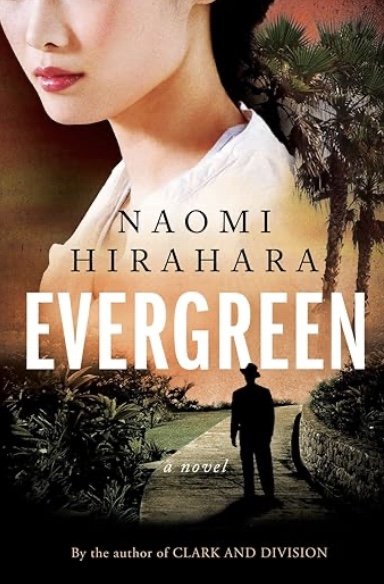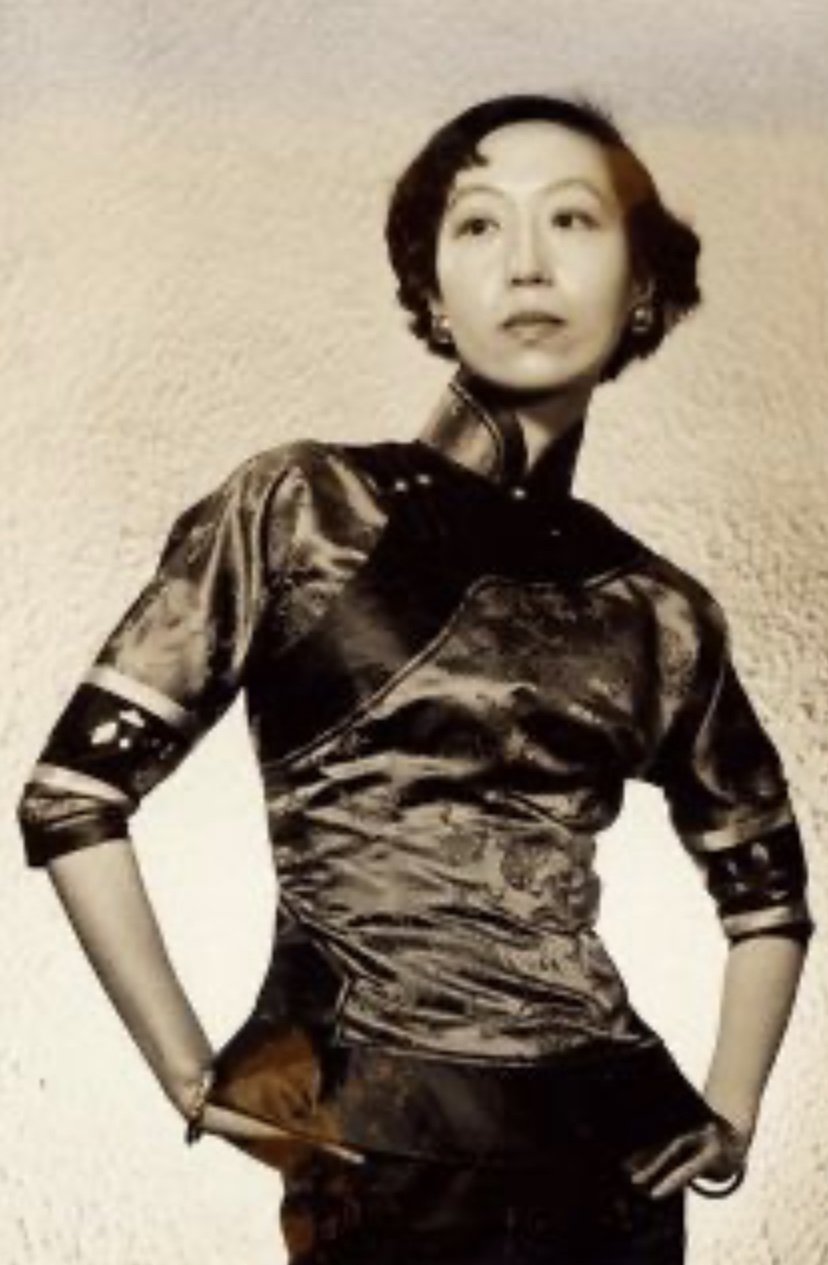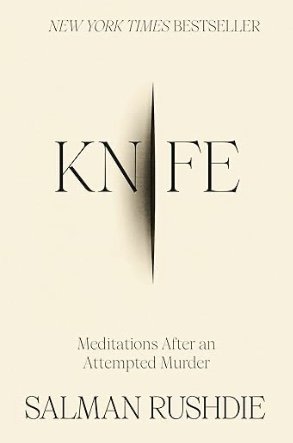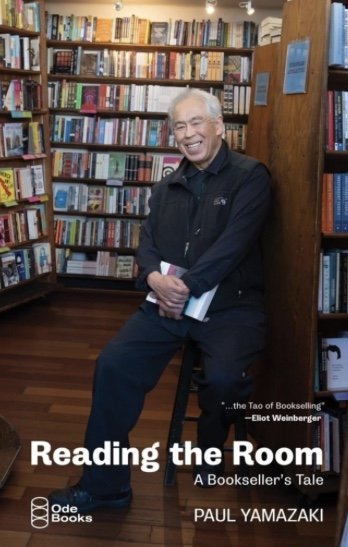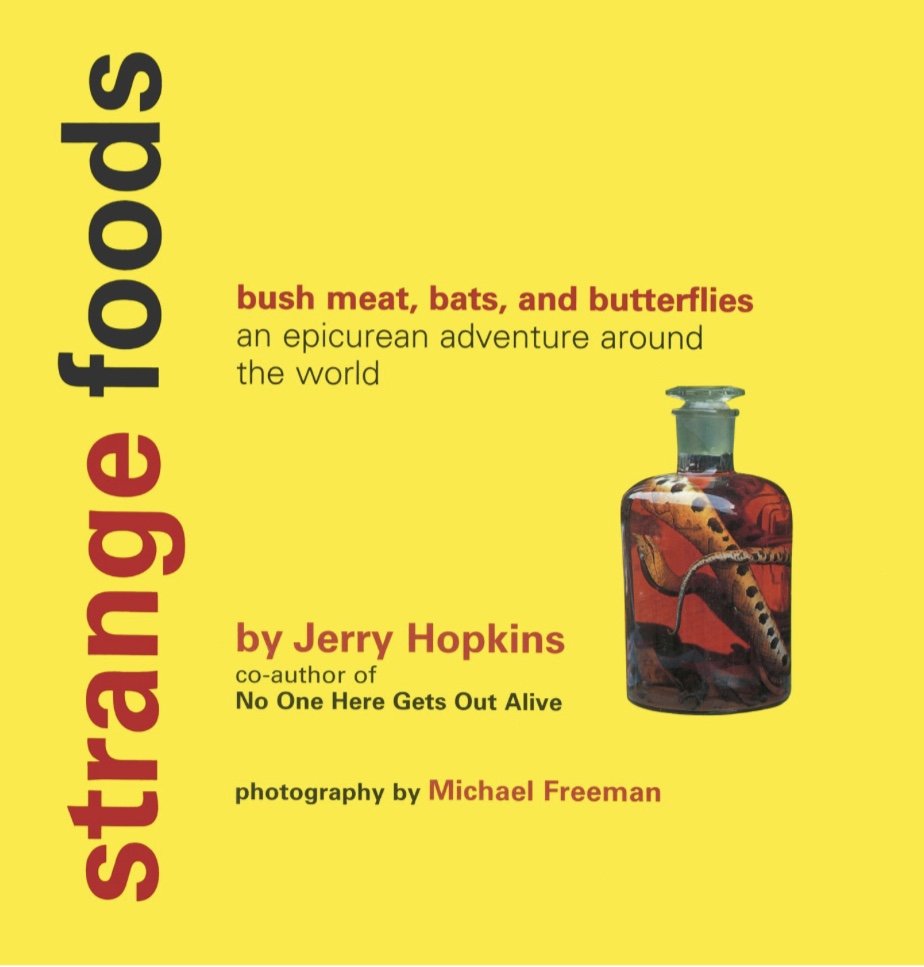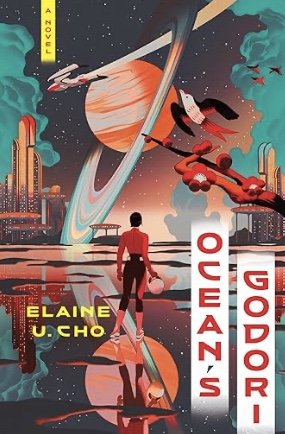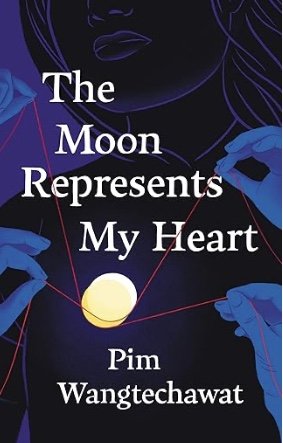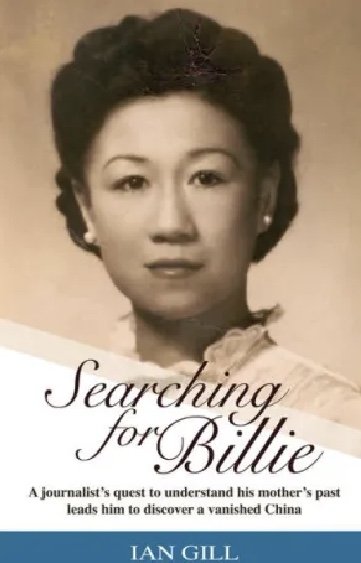Lords of the Rim by Sterling Seagrave (Corgi Books, out of print)
If you want to grasp the vertiginous changes that have swirled into being since the final decade of the last century, Lords of the Rim could have been a fine place to start. A political analysis of the power and influence of the Overseas Chinese, heavily balanced upon the past history of China with fleeting glimpses of the present, author and historian Sterling Seagrave launches this with statistics that were doubtless cutting-edge in the early 1990s but are threadbare now. An empire of 55 million Chinese who live and work in the countries of the Pacific Rim with a GNP of $450 billion and liquid assets “as much as $2 trillion” are an economic force in the development of China. This is the underpinning of this book but readers are tossed into a dubious frame of mind when confronted with these statistics thirty years after Seagrave put them on his pages. How can these still be valid after the Asian financial meltdown of 1997, the handover of Hong Kong and its subsequent political upheavals, the booming world of high tech that has made smartphones a necessity all over the world, and the effects of SARS and Covid-19?
Because his thesis is a shaky one at this point in time, Lords of the Rim is only worth reading now if it’s approached as a work of history. Since Asian history is Seagrave’s area of expertise, and his bibliography at the back of this book shows a vast amount of research, this might be enough to justify reading a book in 2024 that was published in 1995. Unfortunately, it’s not.
Beginning his narrative long before the birth of Christ, Seagrave swiftly moves through Chinese dynasties to show why the North and the South of China have traditionally been in opposition, with the North holding the rulers and the South being a hotbed of entrepreneurs. With merchants being on a low rung of the Confucian hierarchy, it was an easy matter to expel them from the reaches of power, banishing them to live below the Yangtze. Southern China became a sort of prison colony, far from official regulations and near the sea. Maritime trade was a logical step for the exiled merchants. They found routes to Southeast Asia that became lucrative and later brought them to Arabia and parts of Africa. Long before the advent of the Silk Road, southerners had become wealthy from spices and silks and as dynastic upheavals racked the North, the South became a refuge and an opportunity for the merchant class of China, not a punishment.
Although they weren’t scholars, these businessmen were far from illiterate--and their choice of reading material wasn’t the Analects of Confucius. It was Sun Tzu’s Art of War. Learning that “business is warfare,” they adapted Sun Tzu’ s classic instruction manual to serve as “The Art of Wealth,” with gratifying results.
As their voyages became an integral part of the Southern Chinese economy, they established trading centers in the countries with which they did business, and since these new expatriates had no interest in local politics and no desire to colonize, they met little opposition from their host countries. But through business, the Chinese residents gained secure toeholds as pawnbrokers, making loans to the locals with property as the collateral. As dynasties rose and fell, with accompanying turmoil, the overseas outposts became attractive places to live; by the 17th Century, there were sizable communities of Chinese living in Japan, the islands of Indonesia, the Malay peninsula, and Siam. When the merchant pirate Coxinga, half Chinese, half Japanese, chased the Dutch from Taiwan, that island became another alluring alternative to dynastic uproar and gradually the Overseas Chinese became an “invisible empire.”
Seagrave is masterful in recreating the history of China but that only takes up one-third of his book. He then plunges into the 20th Century history of the Chinese in Singapore, Malaysia, Indonesia, Hong Kong, and Thailand in a kind of intellectual Cliff Notes. Overstuffed with too many names, too many cataclysms, and too many business enterprises, his book becomes a tiresome slog and sinks under an excess of information. Ending with the death of Deng Xiaoping, he hints at a backlash against “commercial corruption” and a threat of “economic collapse.” “Where it will stop, nobody knows,” he concludes.
Sterling Seagrave knew. He lived until 2017. It’s a pity--and quite annoying-- that he didn’t care enough to publish an updated version of Lords of the Rim, with fresh insights provided by a new century.~Janet Brown
